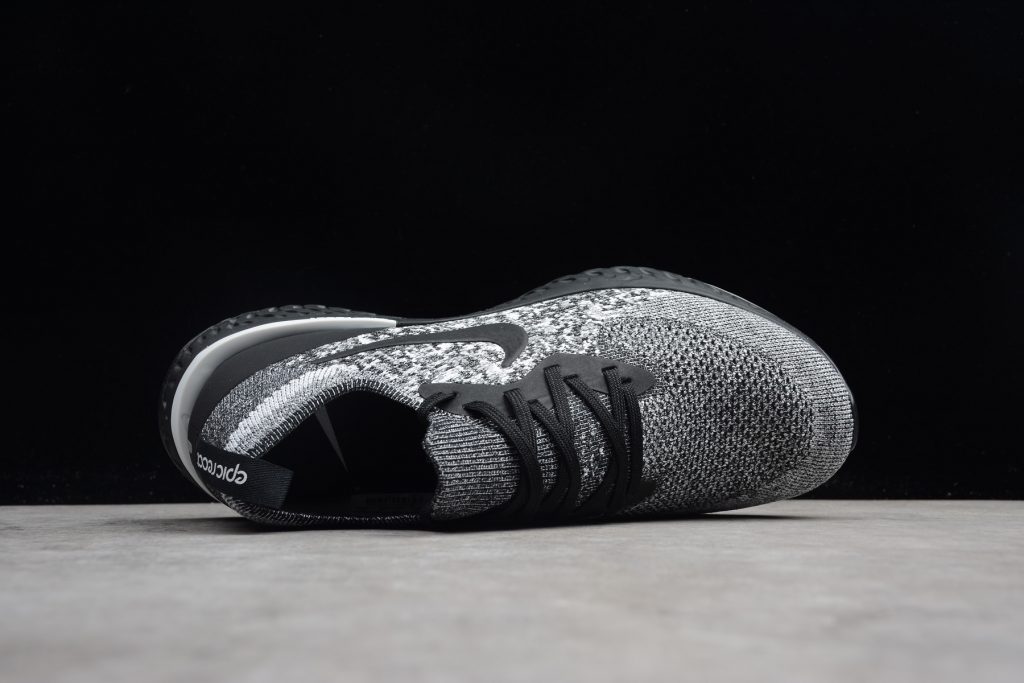This article is about how NIKE makes money. Firstly, we explain the key business segments of Nike and how the company generates revenue from each of those segments. Then, we discuss key elements of NIKE business model. Finally, we share the revenues, the profits, and the profit margins of NIKE for 2015.
NIKE is one of the world’s largest supplier of athletic shoes and apparels and a major manufacturer of sports equipment, with revenues in excess of US$30 billion in its fiscal year 2015 (ending May 31, 2015).
NIKE Business Segments
NIKE reports its revenues for the following business segments:

- Footwear. NIKE’s athletic footwear products are designed primarily for specific athletic use, although a large percentage of the products are worn for casual or leisure purposes. NIKE Brand serves eight key categories: Running, Basketball, Football (Soccer), Men’s Training, Women’s Training, Action Sports, Sportswear and Golf Sportswear. Running, Basketball, and Football (Soccer) are currently NIKE’s top-selling footwear categories.
- Apparel. NIKE sports apparel cover most of the above-mentioned categories, which feature the same trademarks and are sold predominantly through the same marketing and distribution channels as athletic footwear. Sportswear, Men’s Training, Running, and Football (Soccer) are currently top-selling apparel categories. NIKE also markets apparel with licensed college and professional team and league logos.
- Equipment. NIKE sells a line of performance equipment and accessories including bags, socks, sports balls, eyewear, timepieces, digital devices, bats, gloves, protective equipment, golf clubs, and other equipment designed for sports activities. NIKE also sells small amounts of various plastic products to other manufacturers through its wholly-owned subsidiary, NIKE IHM, Inc.
- Global brand divisions. Global brand divisions include Jordan Brand Designs, Hurley, and Converse brands
- Jordan Brand Designs distributes and licenses athletic and casual footwear, apparel and accessories predominantly focused on Basketball using the Jumpman trademark.
- Hurley designs and distributes a line of action sports and youth lifestyle apparel and accessories under the Hurley trademark.
- Converse designs distribute, and licenses casual sneakers, apparel and accessories under the Converse, Chuck Taylor, All Star, One Star, Star Chevron, and Jack Purcell trademarks. Operating results of the Converse brand are reported on a stand-alone basis.

Key Elements of NIKE Business Model
NIKE has maintained its leadership position in the highly competitive sportswear equipment and apparel market with a business model design that focuses on:
- Core activities like design, development, and marketing
- Outsourcing of non-core activities like manufacturing to contract manufacturers
- Building a truly global brand
NIKE Focus On Design & Development
NIKE has maintained its leadership position due to its continued focus on design, research, and development. NIKE filed for 541 patents in the year 2014. Along with 281 patents filed for shoes, it also filed 70 patents for technology and 39 for manufacturing. Some of the NIKE innovative products across its product line are NIKE Air, Lunar, Zoom, Free, Flywire, Dri-Fit, Flyknit, Flyweave, and NIKE+. The company has invested heavily in partnerships with leading organizations globally for innovative technologies. Following partnerships are helping NIKE in building a sustainable business:
- DyeCoo: To advance waterless textile dyeing
- Bluesign: To provide information about more sustainable materials and chemistries to its suppliers
- Plant PET Technology Collaborative (PTC): Together with Coca-Cola Company, Ford Motor Company, H.J. Heinz Company, and Procter & Gamble, NIKE is working on accelerating the development and use of 100% plant-based PET (Poly Ethylene Terephthalate) materials and fiber.
NIKE Focus On Contract Manufacturing
NIKE doesn’t own any manufacturing site and produces all its products through independent contractors. All footwear and apparel products are manufactured outside the United States, while equipment products are produced both in the United States and abroad. This strategy has helped NIKE improve its profit margins, reduce inventories, minimize price markdowns, and ensure that the customer receives the right product assortment on time.
NIKE Focus On Building Global Brand
NIKE is the world’s number one sports brand. Its brand value was estimated at $19 billion by Forbes magazine in 2014. It’s up from $15 billion in 2012 and $17.3 billion in 2013. Walt Disney Company’s ESPN was second with a brand value estimated at $16.5 billion, followed by Germany’s Adidas AG, the United Kingdom’s Sky Sports and fast-growing US brand, Under Armour Inc. Nike has built its brand over years using sponsorship agreements with celebrity athletes, professional teams, and college athletic teams. Recent branding efforts also include using digital technologies to engage directly with the younger customer and receiving direct feedback about the overall customer experience. The nike+ running sensor developed in collaboration with Apple Inc. and Nike FuelBand are the examples of these digital initiatives.

How NIKE Generates Revenues?
NIKE generates its revenues by directly selling to customers or through dealers.
NIKE sells directly to customers through:
- NIKE brand and category experience stores
- Online sales through www.nike.com and
- NIKE factory stores
NIKE also reaches out to its customers through its widespread dealer networks that include Footwear stores, sporting goods stores, athletic specialty stores, department stores, skate, tennis and golf shops, and other retail accounts.
NIKE Revenues By Business Segment FY 2015
In FY’15 (fiscal year ending May 31, 2015), NIKE generated $30.6 billion of total revenues. Of these total revenues, NIKE generated:
- $18.3 billion revenues, 59.7% of the total, from the footwear segment
- $8.6 billion revenues, 28.1% of the total, from the apparel segment
- $1.9 billion revenues, 6.5% of the total, from the Converse brand
- $1.6 billion revenues, 5.3% of the total, from the equipment segment and,
- $0.1 billion revenues, 0.4% of the total, from the other global brands business
NIKE Profit Margins FY 2015
Of the $30.6 billion of NIKE total revenues in FY’15, $16.5 billion were the cost of sales. This resulted in $14.1 billion of gross profit and a gross margin of 46.0%. NIKE operating costs were $9.9 billion. These include Selling (demand creation) and administrative (operating overhead) expenses. This resulted in $4.2 billion of operating profit and an operating margin of 13.7%. After interest and other non-operating income and expenses and income taxes, NIKE had a net profit of $3.3 billion and a net margin of 10.7%.










